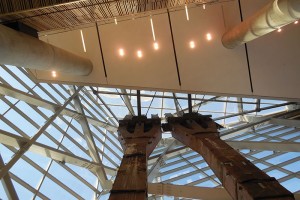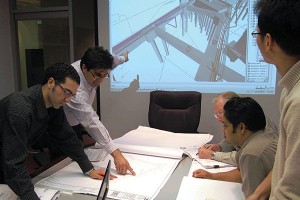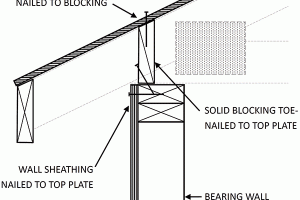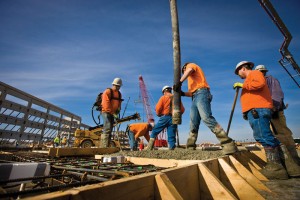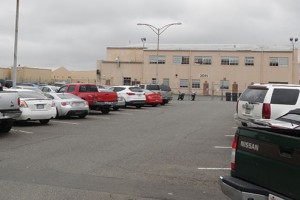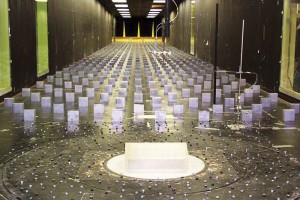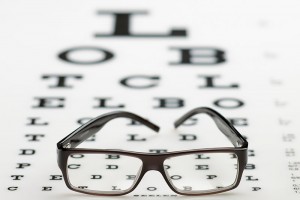Part 1
In a recent Structural Forum column, A Remarkable Profession!, September 2013, Stan Caldwell pointed out some of the negative aspects of structural engineering that often prompt complaints from its practitioners. Those comments resonated with me and, I suspect, many of the more seasoned engineers who have witnessed significant changes in the profession over the past few decades. …


